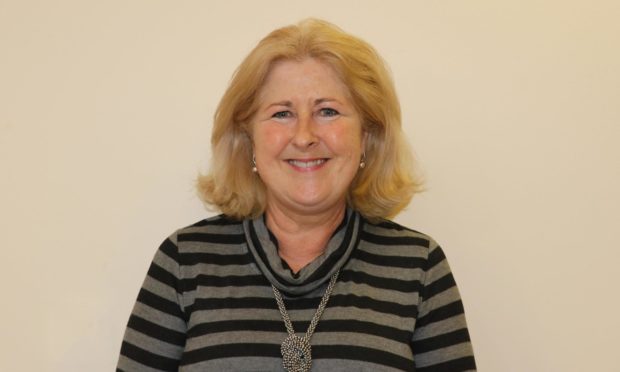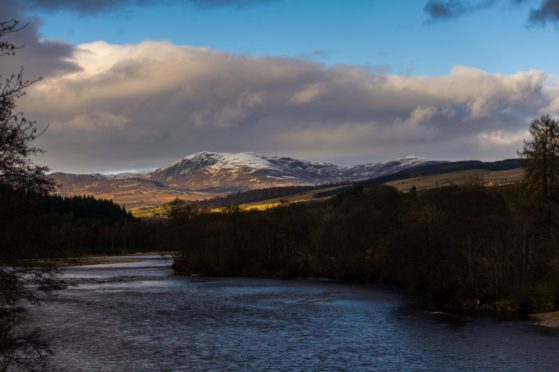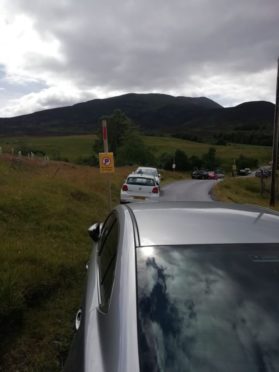Scotland’s largest national park could charge more for parking and introduce park and ride schemes to cut car use, its deputy convener has said.
Cairngorms National Park Association (CNPA) deputy convener Carolyn Caddick said a range of measures could increase sustainable travel use, reduce car numbers and slash emissions in the park.
She was speaking as the body, which governs the park area, committed to net zero emissions within only four years.
Mrs Caddick said: “There’s a bit of carrot and stick here. There’s a lot more parking fees coming in these days from Forestry and Land Scotland, NatureScot [Scottish Government agencies] and us in the park.”
‘Honeypots’
Some areas, such as Pitlochry, could easily become “honeypots” for parked vehicles, she added.
“It would be much more pleasant for people in the honeypots if they didn’t have to fight through all of the cars.
“When I look at things like Center Parcs [holiday park chain] for instance. People take their car and they leave it and the idea is they bike or walk around the area for the time they’re there.”
Last summer Cairngorms park beauty spots, such as Highland Perthshire munro Schiehallion, Loch Muick near Balmoral or Loch Morlich near Aviemore, became “clogged” with parked vehicles.
“In the US, you can’t always take your car to the centre of the national parks there. You take it and you leave it. They have buses that rotate round and drop people off,” Mrs Caddick added.
“If we could get that arrangement going I think it would be really positive.”
The CNPA agreed three new climate change goals on Friday.
The organisation aims to reach net zero emissions in only four years by 2025.
The body aims for zero direct emissions by 2030 with the whole park – alongside the rest of Scotland – planning on net zero emissions by 2045.
The park authority has already cut the total tonnes of carbon dioxide emitted from 150 in 2007/8 to 85 in 2019/20.
Cairngorms an ‘exemplar’
Mrs Caddick said they were working with a range of partners, such as transport companies and charities, to introduce more changes.
“A national park should be up there as an exemplar.”
She suggested free parking schemes and reduced price permits could help those living within the park’s borders who might be resistant to paying more.
“There are lots of compromises you can make to get local people on board. I don’t think it’s insurmountable, it’s just finding out what will work the best.
“There are lots of different examples for where this happens all over the country. It’s not that difficult. We just need to work out what works best for the local community,” she added.
Goals ahead of COP26 in Glasgow
Xander McDade, convener of the CNPA, said they were keen to “lead by example” when agreeing the emissions targets.
He said: “This year the world will be looking to Scotland as Glasgow hosts the United Nations COP26 climate summit in November.
“The Cairngorms National Park has a key role to play in the fight to tackle climate change in Scotland through pioneering nature-based solutions, but we are only part of the answer.
“We will all need to come together to make changes to the way we live, work and enjoy nature.”


